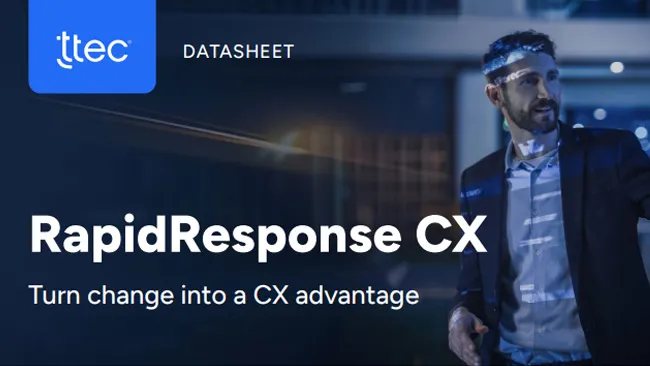Last week in New Haven, Connecticut, 15 people overdosed on heroin in just six hours. Unfortunately, these statistics are common all around the country. The opioid crisis is real, it’s scary, and the healthcare industry is looking for ways to help solve it.
At the AHIP annual conference last week, attendees gathered to discuss what can be done about the opioid epidemic, alongside other critical issues like the rise in diabetes cases and the general decline in health of America’s population. These are not business issues, they are “human” issues, and they represent a shift in the health insurance industry away from processes and operations toward understanding and working with real people.
David Cordani, president and CEO of Cigna, explained that it is the job of the health insurer to provide “engagement to improve health status and healthcare of people.” The industry has traditionally been reactive, focusing on sickcare rather than healthcare. Not anymore. For the opioid problem, for example, he said Cigna is encouraging physicians, dentists, and pharmacies to prescribe and fill three-day supplies instead of larger doses, or offer other potential pain management options to dissuade misuse and addiction. Clinical information must also be shared so all involved can work together to help individuals at risk, he added. The goal is to reduce opioid use by 25 percent among Cigna customers. “There isn’t a business reason, it’s just the right thing to do.”
Cordani added that Cigna is in a position to make changes “one community at a time,” with personalization and localization at the heart of influencing healthy outcomes. Value-based care instead of a fee-for-service model also shifts the mindset of the company to be more consumer-focused, and enables many parts of the insurance organization to align around healthy individual outcomes. “Our responsibility is to be the connective fiber” among healthcare providers, customers, employers, and other stakeholders, Cordani told the AHIP audience. “We can enable the integration of the system that consumers are looking for.”
His remarks come at a time when cost cutting and consolidation dominate conversations across the industry. Attendees at the show spoke a lot about balancing costs with creating an engaging and relevant member experience, even involving the CFO in decisions to reallocate resources to customer-facing initiatives. The reality is that consumers are becoming more influential, and healthcare companies that are innovative and member-focused will allow them to experience life on their own terms.
Another trend featured at the show was the expansion of healthcare beyond traditional avenues to retail environments. CVS Health CEO Larry Merlo, whose pharmacies serve about 5 million people each day, said healthcare innovation will be in three main areas, all focused on improving the member experience:
- Low cost, convenient sites of care: Urgent care, retail health clinics, and in-home care that provide personalized care and support.
- Technology to improve individual healthcare experiences: Telehealth, apps, on-the-go resources
- Multiple health professionals will provide high-value care: Empower pharmacists, nurse practitioners, physician assistants and others by loosening stringent regulations and expanding availability to where consumers are.
Like Cigna, CVS is also working to improve the opioid problem. Merlo said that pharmacy employees encourage people to clean out their medicine cabinets and properly dispose of extra medication, and the company has given away overdose medication Naloxone (Narcam) to people at risk or those with family members at risk. He shared a story in which a person drove their friend who had overdosed to a CVS location in Massachusetts. A nurse practitioner from the Minute Clinic saved the patient’s life in the parking lot. The company also hosts educational workshops at schools, reaching more than 40,000 students so far. Like Cardoni, Merlo says these efforts are the right thing to do for individual people.
Andy Arends of Dell Healthcare said this trend toward personalized, human-centered healthcare is on the rise, especially as technology and mindset evolve. Plans and providers are converging, and more comprehensive and integrated data is being made available and actionable to create a single view of the member, accessible by multiple stakeholders (including the member). He likens it to a rubber band, where the technology is pulling one side, and the actual member experience will eventually snap back to catch up. “The industry is heading to think first about the person and the family, which requires a different lens for the different players in the ecosystem,” he says.
In the health insurance industry, operational and cost pressures may lead some to forget there are actual people who are affected by the decisions being made. What was encouraging at the conference was that technology, mindset, and capabilities are now beginning to align to put the member at the center of the conversation.
















